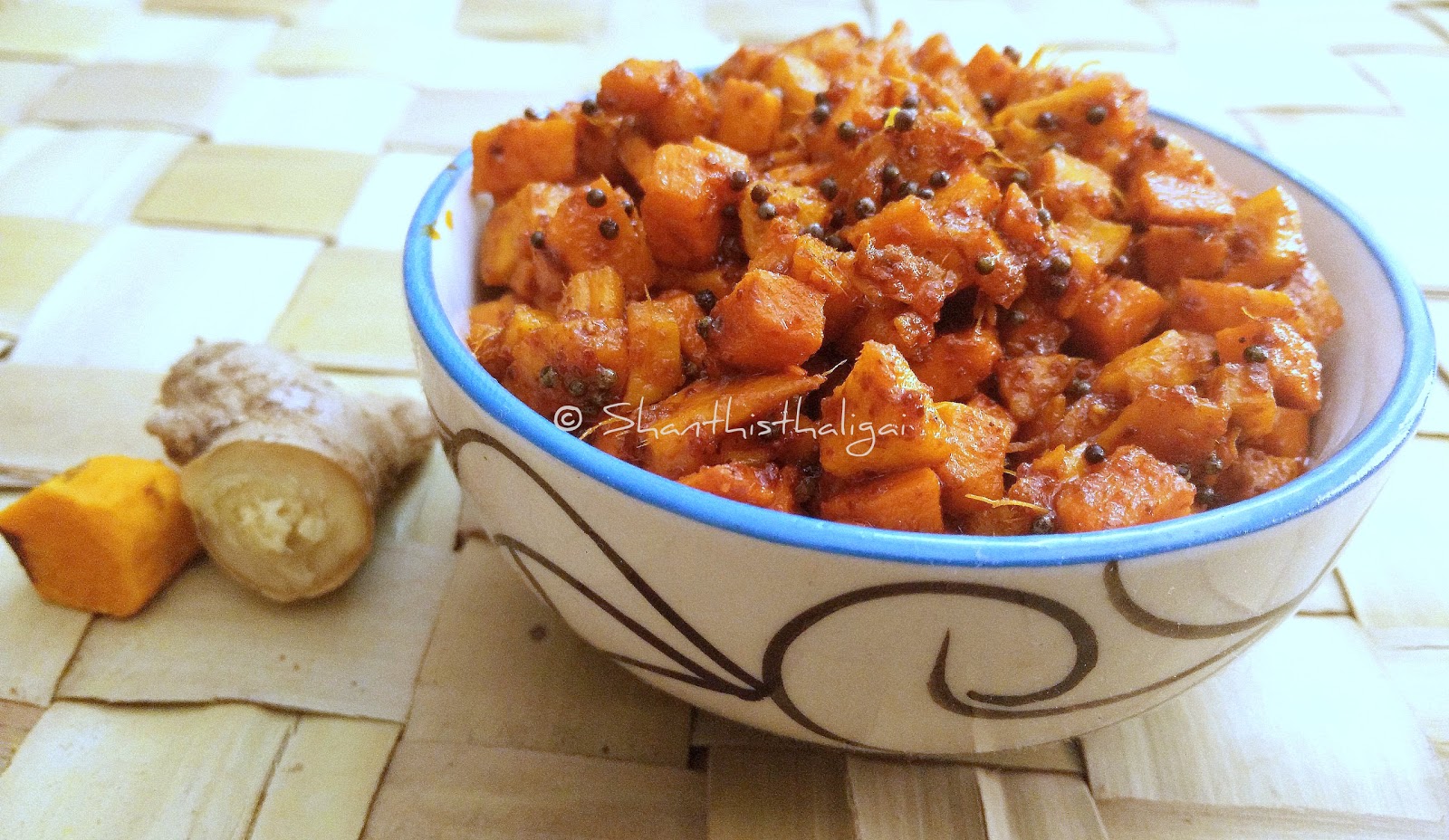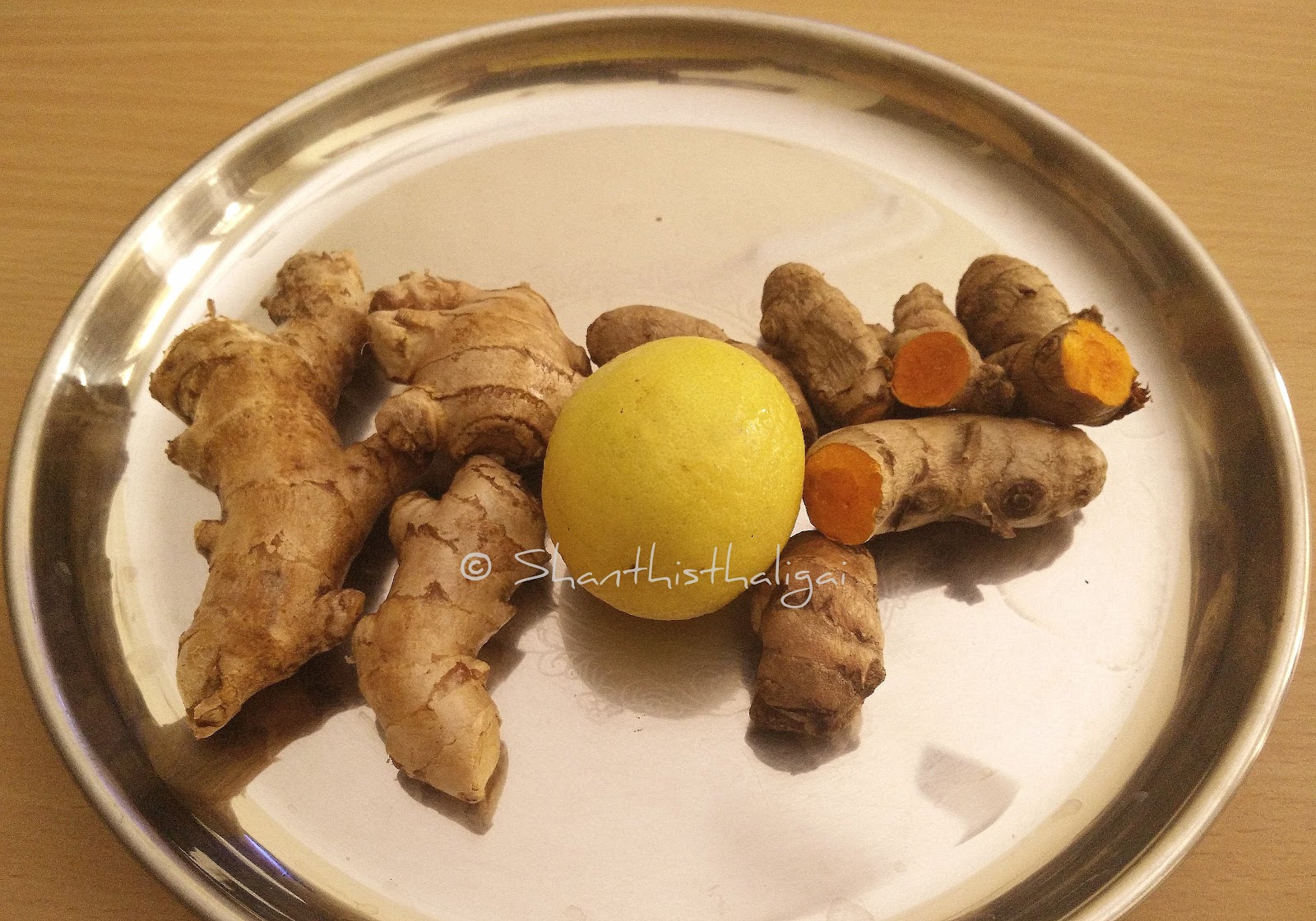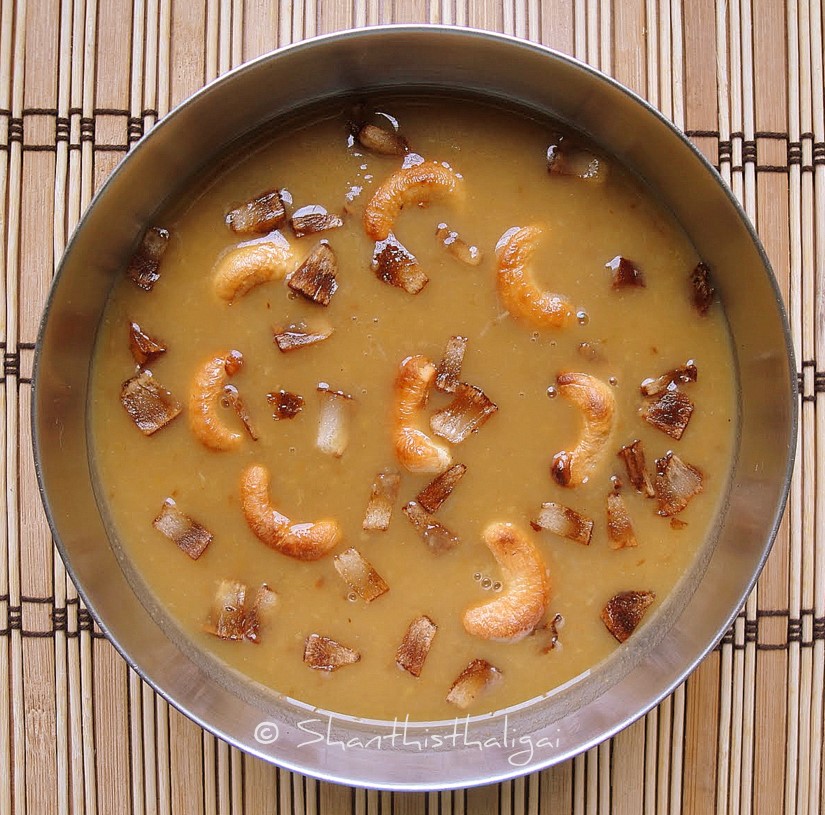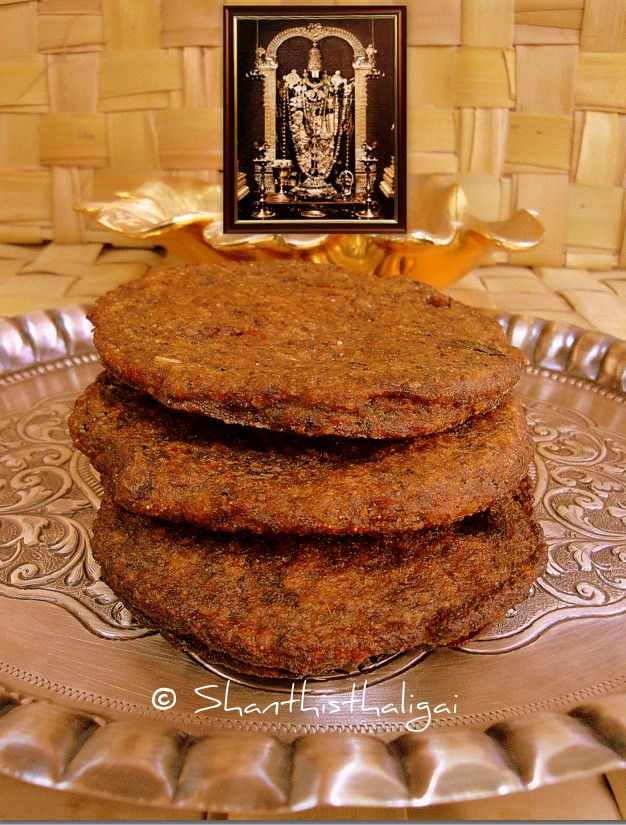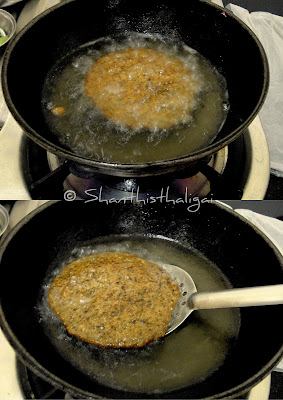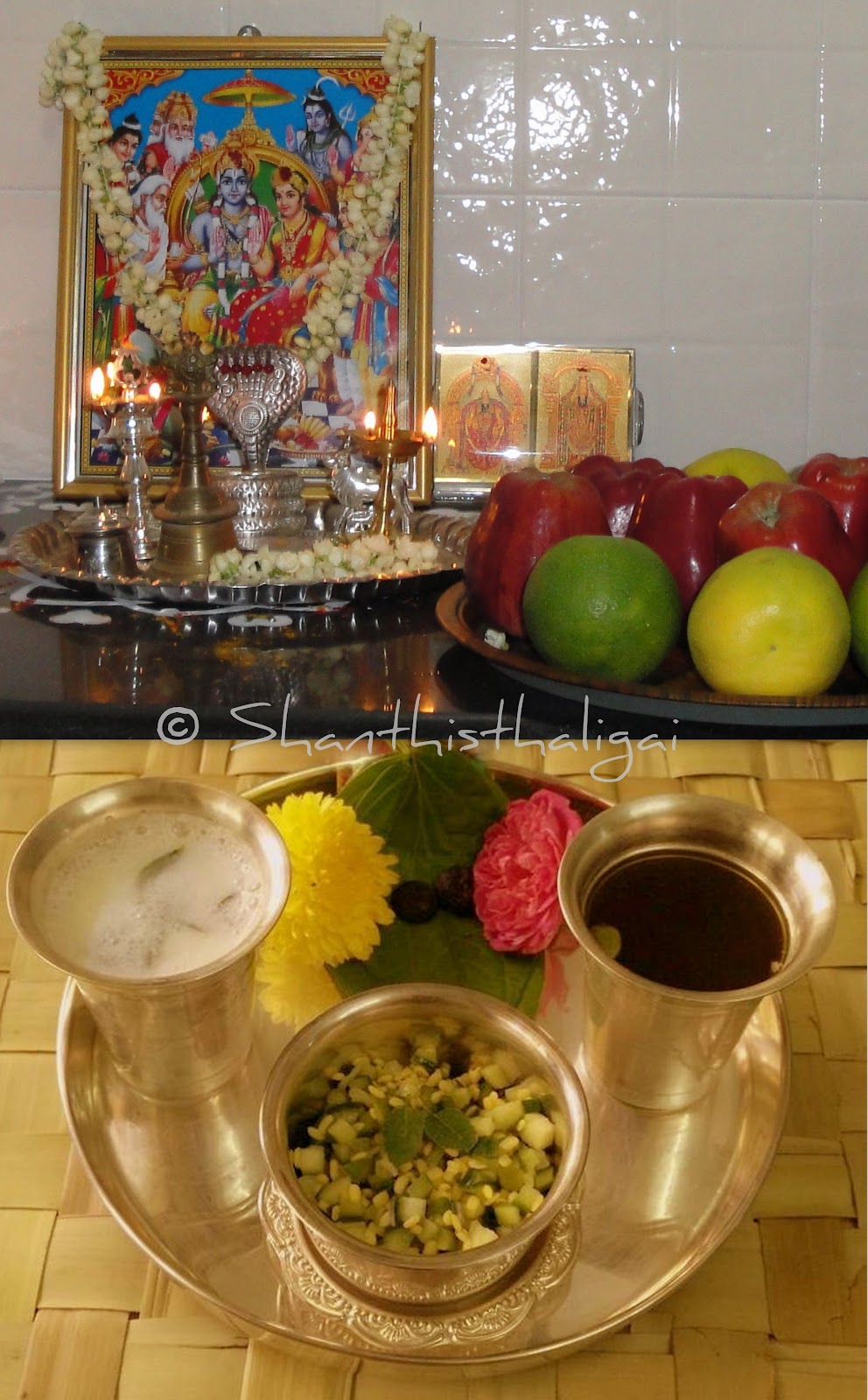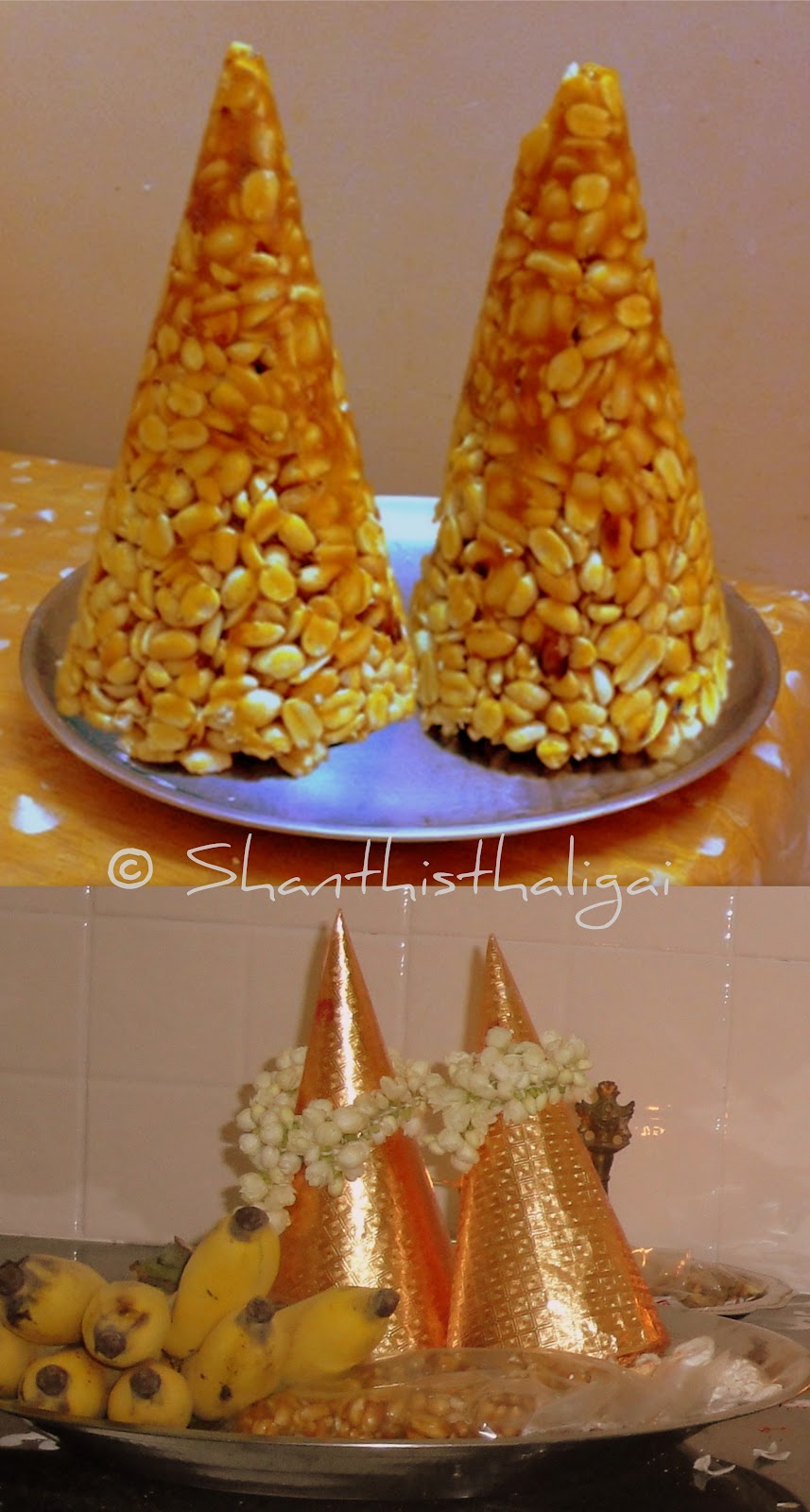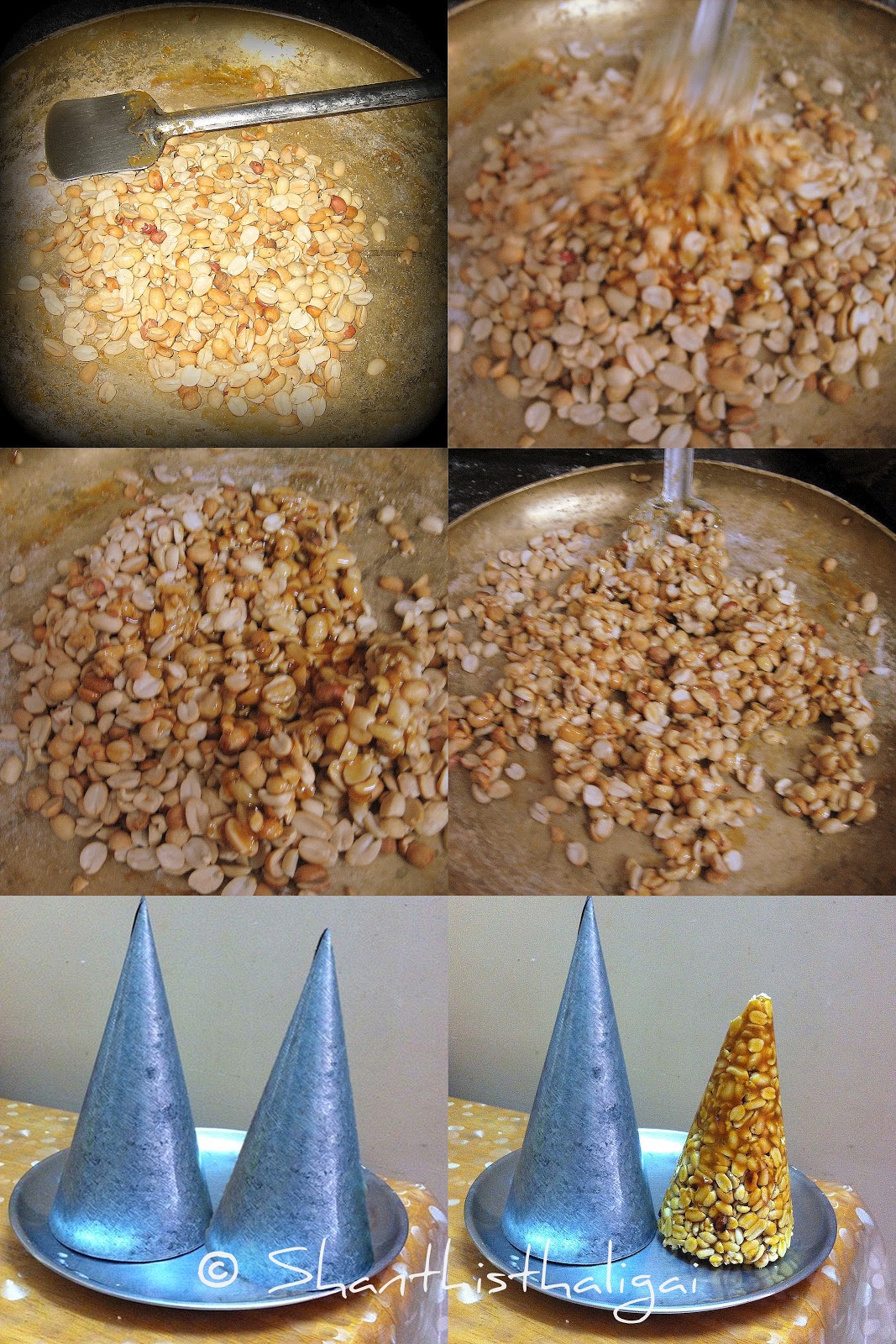Mor kootu is a healthy, yoghurt based side dish served as an accompaniment in a South Indian thali.
INGREDIENTS:
Sirukeerai (tropical amaranth) - 1 bunch
Thick curd - 1 cup
Cumin seeds - 1 tsp.
Dry red chillies - 2
Green chilly - 1
Soaked raw rice - 1/4 tsp.
Hing - 1/4 tsp.
Grated coconut - 4 tablespoons
Turmeric powder - a pinch
Sugar - a pinch
Turmeric powder - a pinch
Sugar - a pinch
Salt - to taste
To temper:
Coconut oil - 1 tsp.
Mustard seeds - 1/4 tsp.
Curry leaves - a sprig
METHOD:
Whisk thick curd (do not add water), keep aside. Grind red & green chillies, soaked rice, cumin seeds and coconut to a fine paste.
Wash amaranth well, take out the leaves and chop finely. Cook alongwith turmeric, hing, sugar and salt, mash well. Add the ground paste, and allow it to boil until raw smell diffuses. Now add, whisked curd, mix well, cook for half a minute and switch off the stove. Temper with the given ingredients. Flavourful sirukeerai morkoottu is ready. Best with south indian thali. Can also be mixed with rice. Goes well as a side dish for adai, dosai, chappati and poori.
To temper:
Coconut oil - 1 tsp.
Mustard seeds - 1/4 tsp.
Curry leaves - a sprig
METHOD:
Whisk thick curd (do not add water), keep aside. Grind red & green chillies, soaked rice, cumin seeds and coconut to a fine paste.
Wash amaranth well, take out the leaves and chop finely. Cook alongwith turmeric, hing, sugar and salt, mash well. Add the ground paste, and allow it to boil until raw smell diffuses. Now add, whisked curd, mix well, cook for half a minute and switch off the stove. Temper with the given ingredients. Flavourful sirukeerai morkoottu is ready. Best with south indian thali. Can also be mixed with rice. Goes well as a side dish for adai, dosai, chappati and poori.
VARIATION: (click here for plantain stem mor koottu).
NOTE: Any vegetable, spinach varieties can be substituted for sirukeerai.
